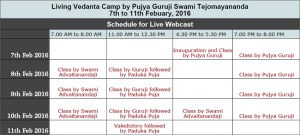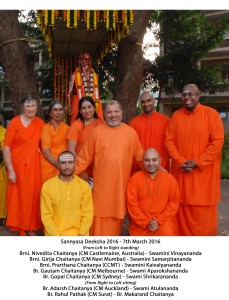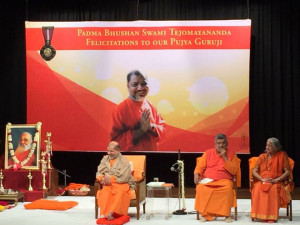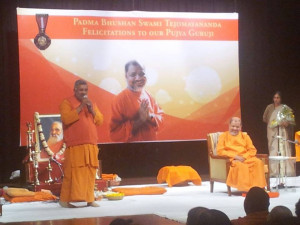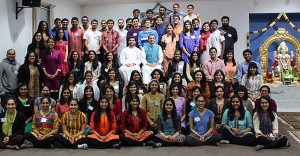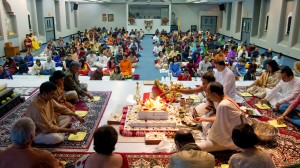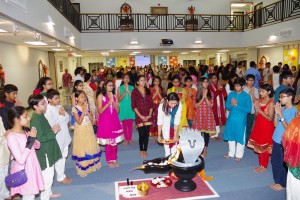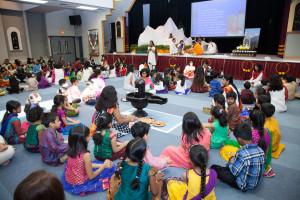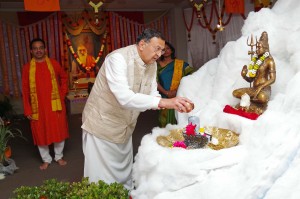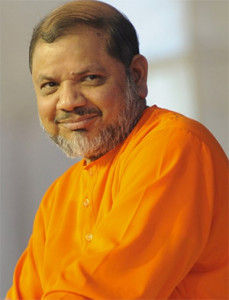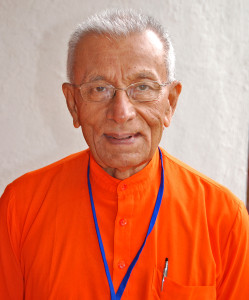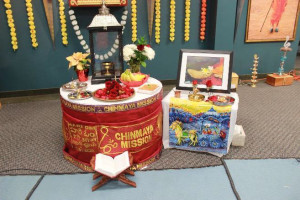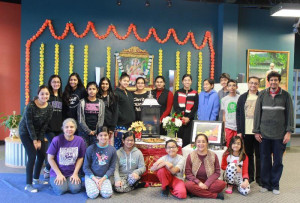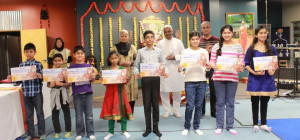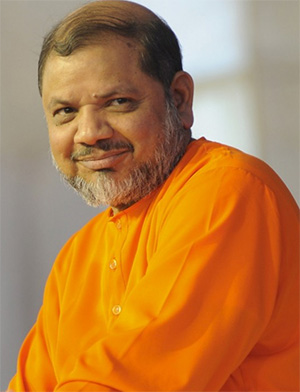Having pointed out that desire is the constant enemy of the wise man, how it operates by veiling our discrimination and the places where it resides, Sri Krishna now reveals the strategy by which this mighty foe can be conquered.
The first thing one has to do is to bring the senses under your control. At present, they are taking you for a ride. We find some people restraining their organs of action, but their mind goes on brooding over sense objects and pleasures. That is deceptive conduct. However, other people keep their senses under their control and act in the world in an attitude of karma yoga. They purify themselves.
Misunderstanding ‘Control’
It is very important to correctly understand the word ‘control’. Controlling the senses does not mean that you do not see, hear, taste or touch anything. Just as some TV programmes are not meant for children and they are told to refrain from watching them, we, too, must be vigilant about what we watch, read, hear and so on. We must be aware that certain things are very harmful to our spiritual growth and renounce such unfavourable objects and activities.
On the other hand, we should engage in positive actions such as reading, listening and reflecting on the Bhagavad Gita. That is the meaning of control over sense organs. Many people let loose all their senses and do not wish to control their mind. How, then will it be possible to purify it?
Thus, by exercising control over the senses, this great ‘sinner’ – desire – can be destroyed. ‘Sinner’ is to be understood as that which makes you commit sin. Desire is a destroyer of your knowledge and wisdom – jnana-vijnana-nasanam. Jnanam refers to what one has learnt from teachers, parents, the scriptures and so on. Vijnana (wisdom) is direct realization of the Truth taught by the scriptures and the Guru.
It often happens that another person’s desire may appear to be strange or ridiculous. One wonders how a person can be so bound by desire. But, at the time, it does not seem absurd. That person is in the throes of desire. All he knows is, “I want this and only this now!”
Later, he may realise his folly. But at that moment, his knowledge and wisdom were not available to guide him.
Guarding Peace of Mind
I would like to ask you a simple question, “Do you want peace of mind?”
You answer would be an emphatic, “Yes, of course, I certainly do.” So peace of mind is a great treasure, is it not? Do you not guard that which is valuable? Do you allow another to take it away from you?
This is exactly what desire does. It robs us of our treasure of knowledge; it robs us of our wisdom and peace. It leaves us shattered. Left in pieces, we lament, “kya ho gaya, kya ho gaya – what happened to me?”
We put so much energy, effort and resources into continuously fulfilling desires. Somehow, we satisfy one and in no time another arises; we struggle to exhaust it and in no time, another arises. This is the story of our life – a constant and relentless pursuit of happiness through gratification of desires.
Therefore, Sri Krishna advises us to be always aware and alert as to what we see, hear, taste, think, feel, talk, act and react. If we are ever vigilant, we cannot be overpowered by desire; we will not act contrary to our knowledge and wisdom.
The Author is the Head of Chinmaya Mission Worldwide.
The post Battling Desire appeared first on Chinmaya Mission Worldwide.

